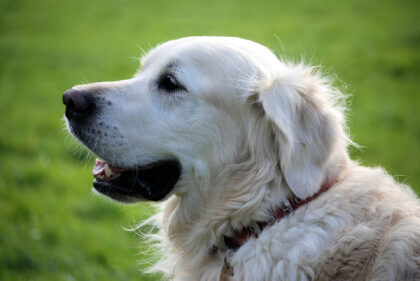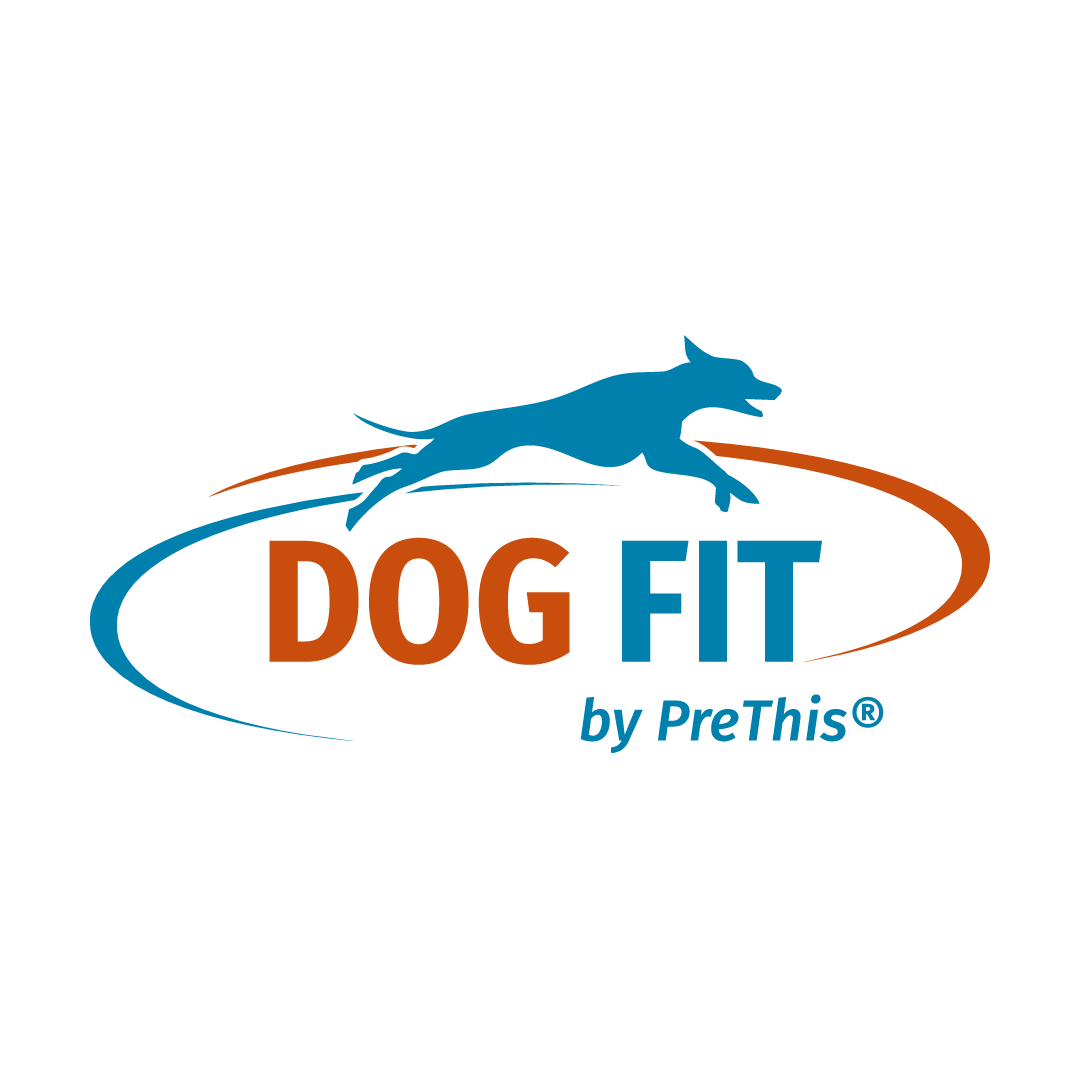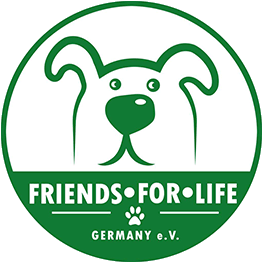 Like us humans, dogs can develop painful osteoarthritis at a very young age, which significantly limits the animals’ quality of life. The causes of osteoarthritis in dogs are very complex and can range from genetic factors due to overbreeding to permanent malnutrition. Osteoarthritis in dogs usually goes unnoticed in the early stages; only when the animal shows abnormal movements does the dog owner notice that there is a problem with the dog’s joints.
Like us humans, dogs can develop painful osteoarthritis at a very young age, which significantly limits the animals’ quality of life. The causes of osteoarthritis in dogs are very complex and can range from genetic factors due to overbreeding to permanent malnutrition. Osteoarthritis in dogs usually goes unnoticed in the early stages; only when the animal shows abnormal movements does the dog owner notice that there is a problem with the dog’s joints.
Overbreeding and osteoarthritis
Many dog breeds today show clear signs of serious overbreeding, which are often caused by misalignments in the musculoskeletal system. Due to such congenital posture errors in dogs, the articular cartilage in the corresponding region of the musculoskeletal system is sometimes permanently and very strongly compressed, as a result of which the cartilage mass can no longer adequately carry out its important protective function for the animals’ joints. Over time, the unbuffered stress causes joint wear and tear and the animal develops osteoarthritis.
Where can osteoarthritis occur in dogs?
In general, osteoarthritis can develop in every conceivable joint in dogs, but in most cases the hip joints and also the joints of the front and hind legs are affected. Basically, osteoarthritis is associated with considerable pain for the dog, especially in an advanced stage, which enormously limits the animal’s agility and thus its quality of life.
How is diet related to osteoarthritis?
The previously mentioned articular cartilage offers the dog’s joints highly functional protection against the shocks, friction and shocks resulting from movements, which are cushioned by the elastic cartilage mass. However, for this important task, the dog’s cartilage cells need very specific nutrients, the so-called joint nutrients, which the dog must consume through its diet. If a nutrient deficit occurs in the cartilage mass due to a permanently fed, low-quality dog food, the affected cartilage will gradually deteriorate and can no longer adequately protect the joint. The risk of painful osteoarthritis increases rapidly.
What can be done?
With regard to the genetic triggers for osteoarthritis, the dog owner only has one really effective way to protect his dog from painful osteoarthritis – he must ensure the preservation of the joint cartilage and ensure its optimal functionality. This means that the joints are well protected even if the dog has serious congenital poor posture. If there is a risk of osteoarthritis due to a nutritional error, the dog food should of course be changed first and foremost, and the dog owner can also decide on additional food for dogs, as well as to reduce the risk of genetically caused osteoarthritis in old age contains important joint nutrients, such as the proven DOG FIT by PreThis® JOINTS with purely natural active ingredients that should also be fed at a young age for prevention. We recommend the DOG FIT especially for old dogs by PreThis® CARE senior our ALL-IN-One preparation for senior dogs.

Every day we experience the wonders of nature with our dogs. This inspiration is the basis for our lives and our products. In our magazine we share with you our passion for these wonderful animals. Visit our socials and become part of the DOG FIT community.


Leave a Reply